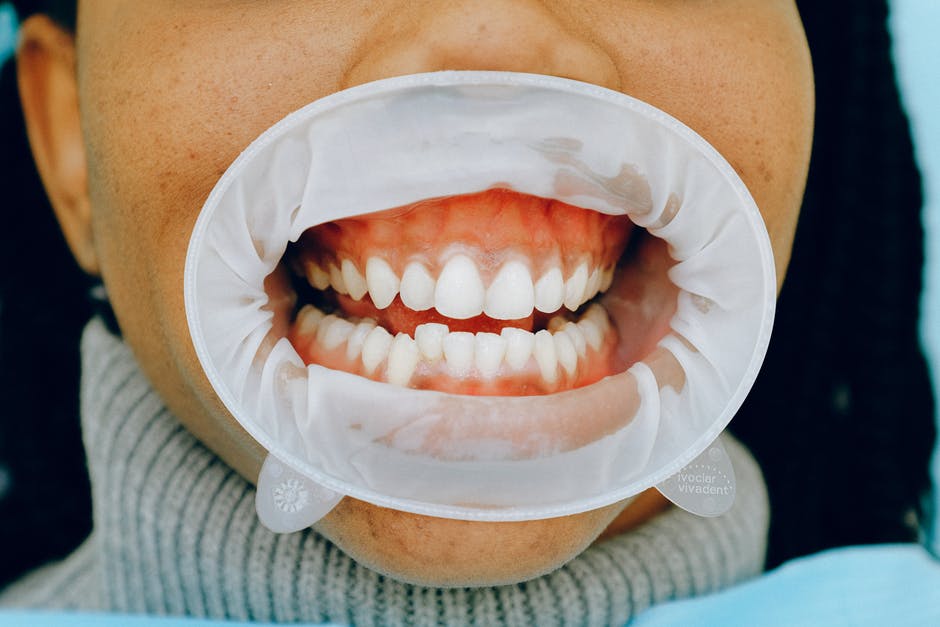Gum disease affects nearly half of adults in the United States aged 30 years and older. Of these folks, almost one in three suffer from moderate gum disease.
If you’re one of these people, you should consider getting laser gum treatment ASAP. The sooner you do, the lower your risks of complications like teeth loss and gum abscesses.
The question now is, how does laser treatment work and who are good candidates for the procedure? How much does the average treatment cost and is there any way to lower your bills?
We’ll give you the most important laser-related gum treatment advice in this post, so be sure to read on!
What is Laser Gum Treatment?
Dental laser treatment involves the use of an extremely focused laser light beam. The light is powerful enough to remove small amounts of gum tissues or to change their structure. Most dental procedures that use laser are minimally-invasive.
In laser gum treatment, dentists concentrate the laser on the diseased gum areas. This allows them to access and remove infected gum tissues, as well as to kill bacteria.
Removing the infected tissues also exposes the roots of affected (AKA decaying) teeth. This is important as the dentist needs to remove the tartar (hardened plaque) on the teeth roots. For this, the dentist will use an ultrasonic root cleaner instead of hand scrapers.
After deep-cleaning the teeth and gums, the laser is once again used to seal the pocket. The concentrated light warms the blood-containing stem cells in the gum tissues. As a result, the blood clots, which then serves to seal the open gum tissues.
Why Choose Laser Over Scaling and Root Planing?
Scaling and root planing (SRP) remains the most common treatment for gum disease. After all, it doesn’t require any type of surgical procedure. It can also treat deeper pockets that normal dental cleaning cannot.
Traditional SRP utilizes mechanical hand tools though. This is why bacteremia (presence of bacteria in the blood) is common in SRP patients. In one study, for instance, as many as 70% of patients developed it right after the procedure.
Discomfort or pain is also very common in SRP patients. One study even found that nine in 10 patients felt some level of pain after the procedure!
With laser gum treatment, there’s a potentially lower risk for bacteremia. The laser may even help prevent it, as the powerful light beam sterilizes the treatment area.
Although it’s still more invasive than SRP, laser treatment also doesn’t require stitches. Each session also usually takes less time than traditional scaling and root planing. Note, however, that you may need to go for more than one laser session depending on how severe your gum disease is.
Also, laser treatments are extremely accurate. This is why dentists can be very precise when treating or removing diseased tissues. It’s also in this way that laser therapy helps preserve — rather than affect — the healthy parts of the teeth and gums.
Soft tissue lasers also help prevent excess bleeding, thanks to its blood-clotting effects. This also helps speed up the body’s healing process.
Depending on the procedure and the extent of gum disease, there may be no need for anesthesia. Of course, you can always opt for sedation dentistry to help lessen your dental anxiety.
All these help reduce discomfort or pain during and after the treatment.
Are You A Good Candidate?
Laser gum therapy is ideal for those with mild to moderate gum disease. It’s also a good option for patients who have loose teeth due to gum disease.
If scaling and root planing isn’t enough to treat your gum disease, laser treatment is the next best step. In some cases, dentists recommend undergoing both procedures. This is especially true for patients who’ve had untreated long-term gum disease.
If you only have very mild gum disease, you may not have to undergo laser treatment. In cases of superficial gum disease, a professional dental cleaning may be enough. This is why you should see a dentist as soon as you notice signs of gum disease, such as bleeding or swelling.
The Cost of Laser Gum Therapy
Laser gum treatment costs vary widely, as they depend largely on the patient’s case. That’s because the more severe the disease is, the more gum tissues that need intervention. As such, most dentists won’t commit to a price until they’ve seen the patient in person.
You can expect laser gum treatment to be more expensive than scaling or planing though. However, laser therapy usually costs less than traditional gum surgery. Moreover, compared to surgery, laser treatment requires less medication.
Because of its price, most dental health care professionals accept insurance. Check with your dental insurance provider if they cover laser gum therapy. If they do, then it’ll be easier for you to pay for the cost of your treatment.
Be sure to ask your chosen dentist if they’re affiliated with your insurer though! This way, you can make sure that your insurance will reimburse or cover you for the treatment.
While you’re at it, ask your dentist about financing programs for laser treatment too. Most dentists offer these programs to help make treatments easier to afford. If you qualify, you’ll make staggered monthly payments instead of a lump sum payment.
Save Your Teeth and Gums Now With Laser Gum Therapy
Keep in mind that the longer you leave gum disease untreated, the higher your risks for tooth loss. In fact, untreated gum disease is a top reason behind 36 million Americans no longer having any teeth.
So, if you have gum disease, consider getting laser gum treatment ASAP! The sooner you address your gum woes, the lower your risks of having to bid your permanent teeth goodbye.
Want to stay up-to-the-date on the latest in health news and hacks? Then be sure to bookmark our site’s Health section so you can keep coming back for more guides like this!

Leave a Reply